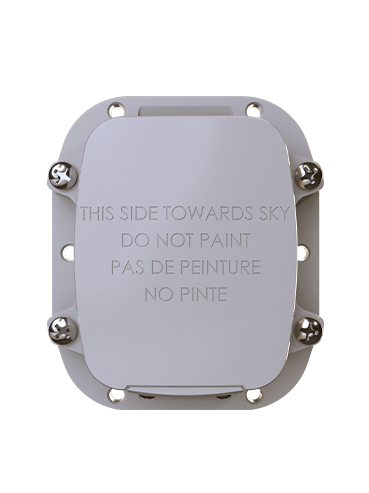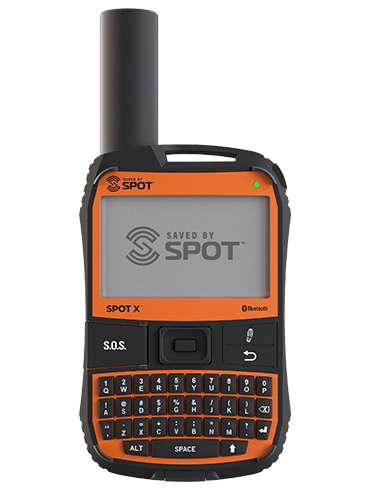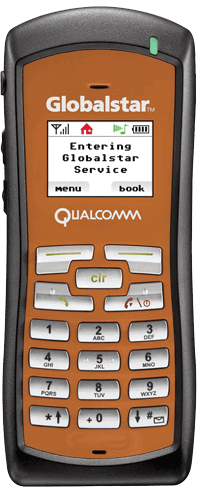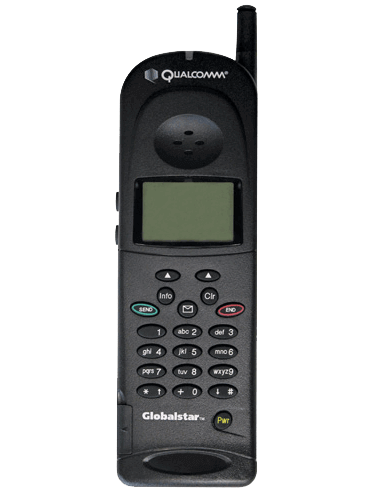The Shifting Satellite IoT Market
Global industries are expanding their operations into remote areas, leveraging automation, and implementing asset tracking at scale, all of which are leading to connectivity frameworks falling short. Cellular networks can’t cover every mine, shipping lane, agricultural field, or global supply chain node, which is where satellite IoT steps in. Until now, delivering affordable, reliable, and intelligent satellite-based IoT connectivity has long been a challenge.
So, what is creating the shift? This next chapter in satellite IoT is more than just coverage. It’s about making more intelligent trade-offs – low power, smaller devices, and cost structures that match the reality of high-volume, low-data deployments. And a new general of satellite services is emerging to meet those exact needs.
From Bandwidth to Efficiency: A New IoT Model
In the past, satellite networks were primarily built for high-throughput, high-cost applications, such as defense, maritime, and aviation. IoT, with its low data consumption and sensitivity to cost and better life, didn’t always fit the model. But today’s IoT requirements are reshaping the conversation. Devices need to be:
- Power efficient, often running for years on a single battery
- Low-cost to justify deployment at scale across hundreds or thousands of assets
- Reliable even in remote, mobile, or obstructed environments
- Capable of two-way communication for command, confirmation, and automated workflows
Meeting all of these requirements isn’t trivial, and it’s forcing satellite operators to rethink everything from constellation architecture to ground infrastructure to licensing strategy.
What Will Define the Next Market Leaders
A new report by ABI Research outlines what it will take for satellite providers to become leaders in the growing IoT space. Among the top differentiators:
- Low Earth Orbit (LEO) architectures that reduce latency and power consumption
- Extensive ground infrastructure to reduce downtime and improve network responsiveness
- Licensed spectrum in lower frequency bands, which supports smaller, cheaper, and more power-efficient devices
- Flexible pricing models that align with low-data, high-volume deployments, especially for use cases like asset tracking and remote sensing
- Multi-mode capabilities that allow seamless transitions between terrestrial and satellite networks
These are not nice-to-have capabilities anymore, but rather survival skills. As more IoT use cases become mission-critical and not tolerant of communication gaps, all without sacrificing reasonable pricing, the market will reward the operators who made the right long-term technical bets.
Where It’s All Headed
The satellite IoT market is no longer defined by its constraints but by its opportunities. Not every provider is going to be able to capitalize on it, though. Some are still playing catch-up on infrastructure, spectrum, or pricing. Others are quietly moving into position with architectures that factor cost-efficiency, edge intelligence, and massive scalability.
The ABI Research report dives deep into the shift, breaking down what’s working, what’s not, and what the next wave of satellite IoT will look like. Download it to learn more.
 SmartOne Solar
SmartOne Solar SmartOne C
SmartOne C STX3
STX3 STX3 Dev Kit
STX3 Dev Kit SPOT X
SPOT X SPOT Gen4
SPOT Gen4 SPOT Trace
SPOT Trace
